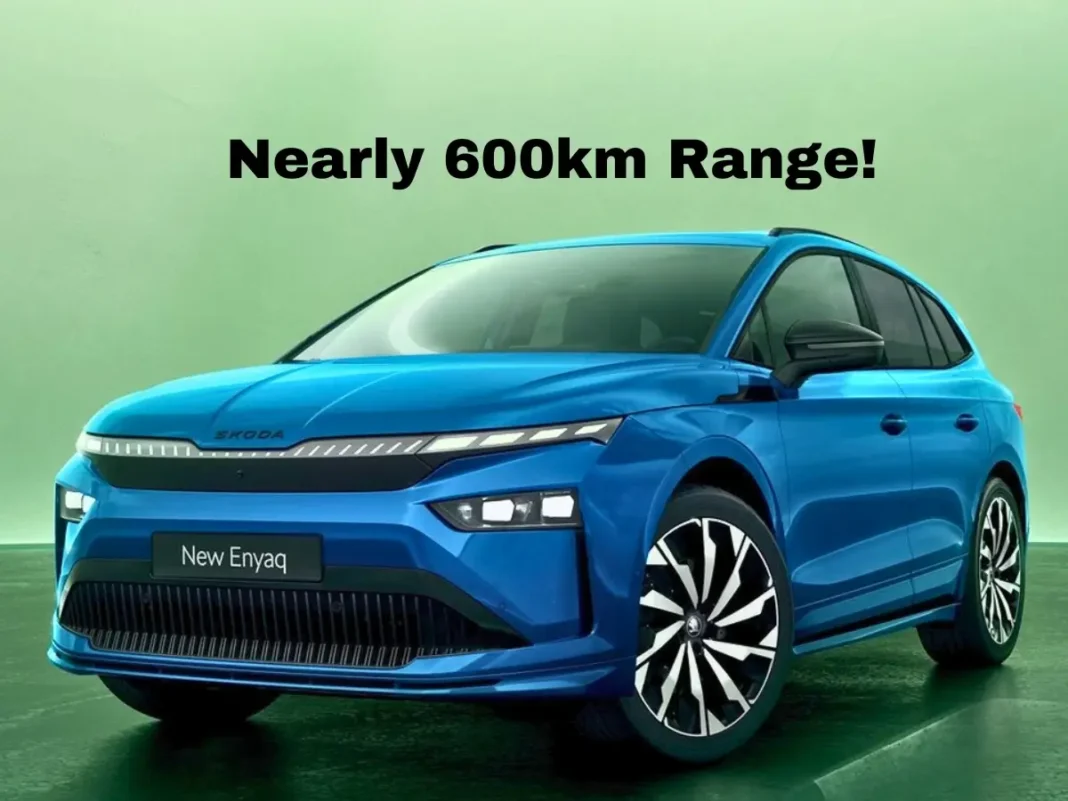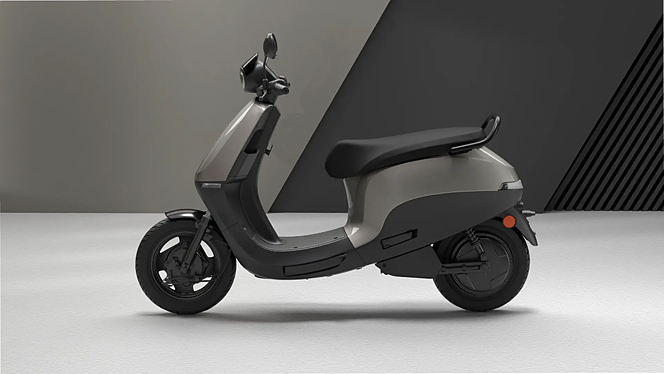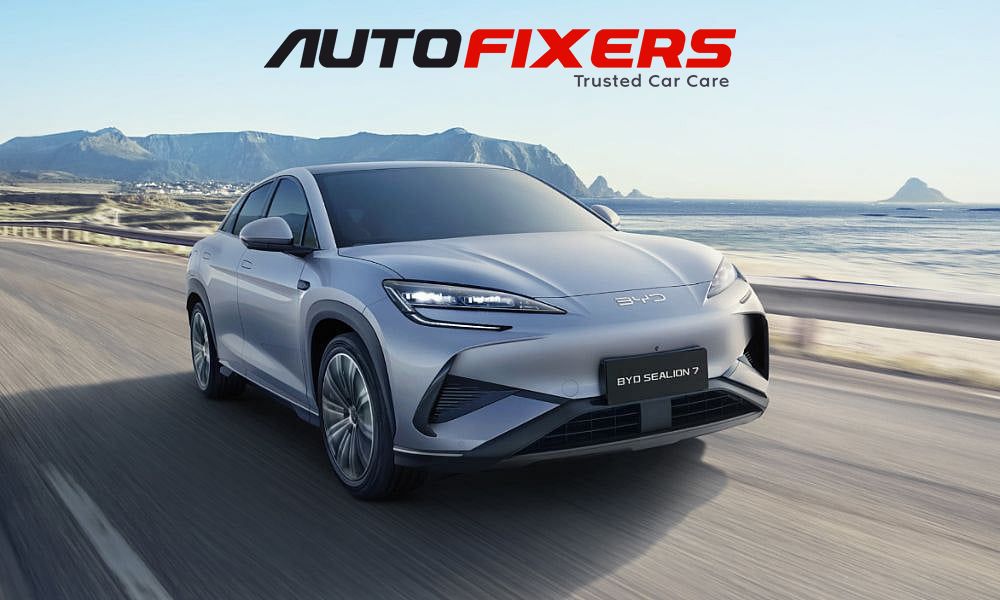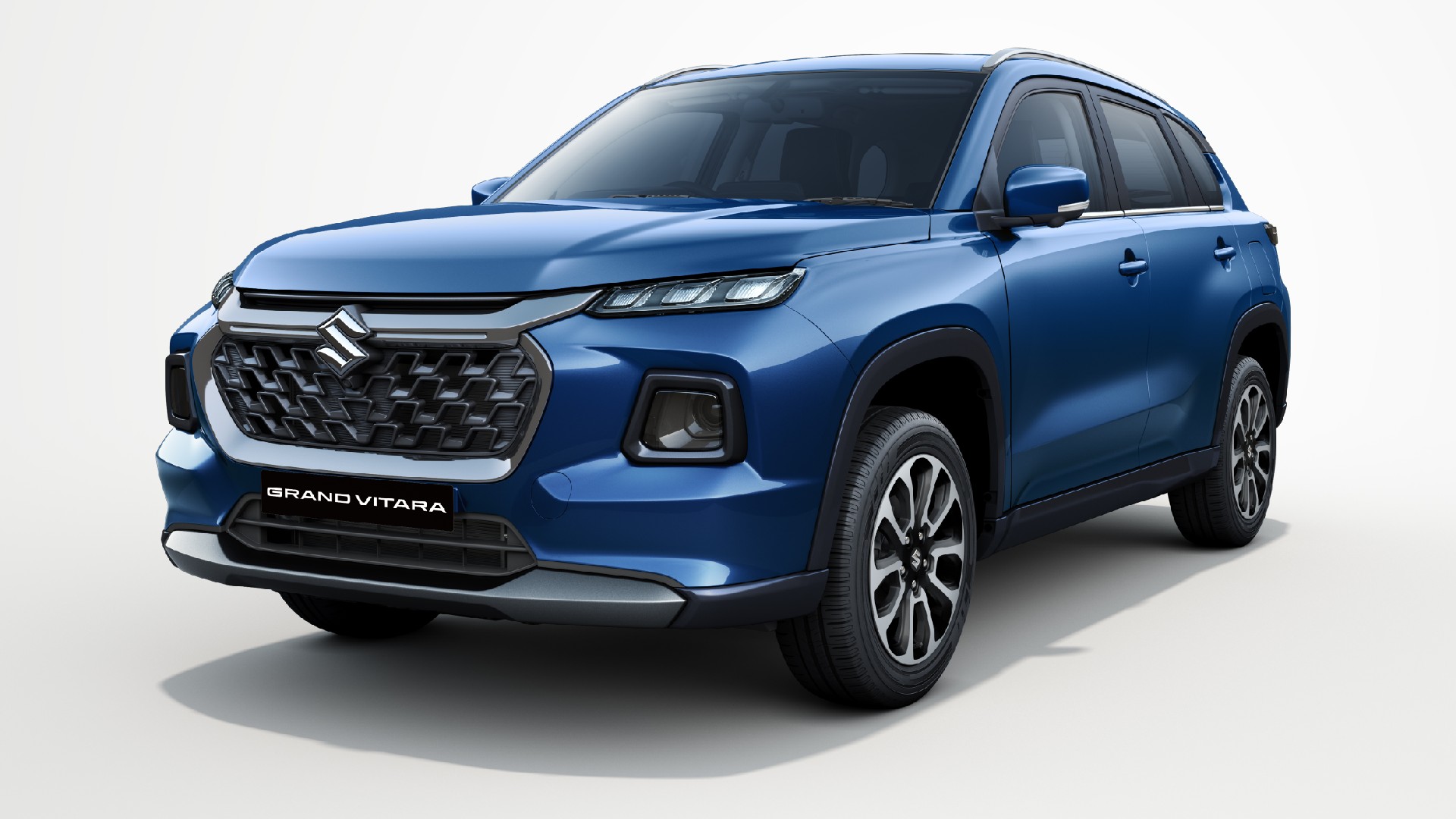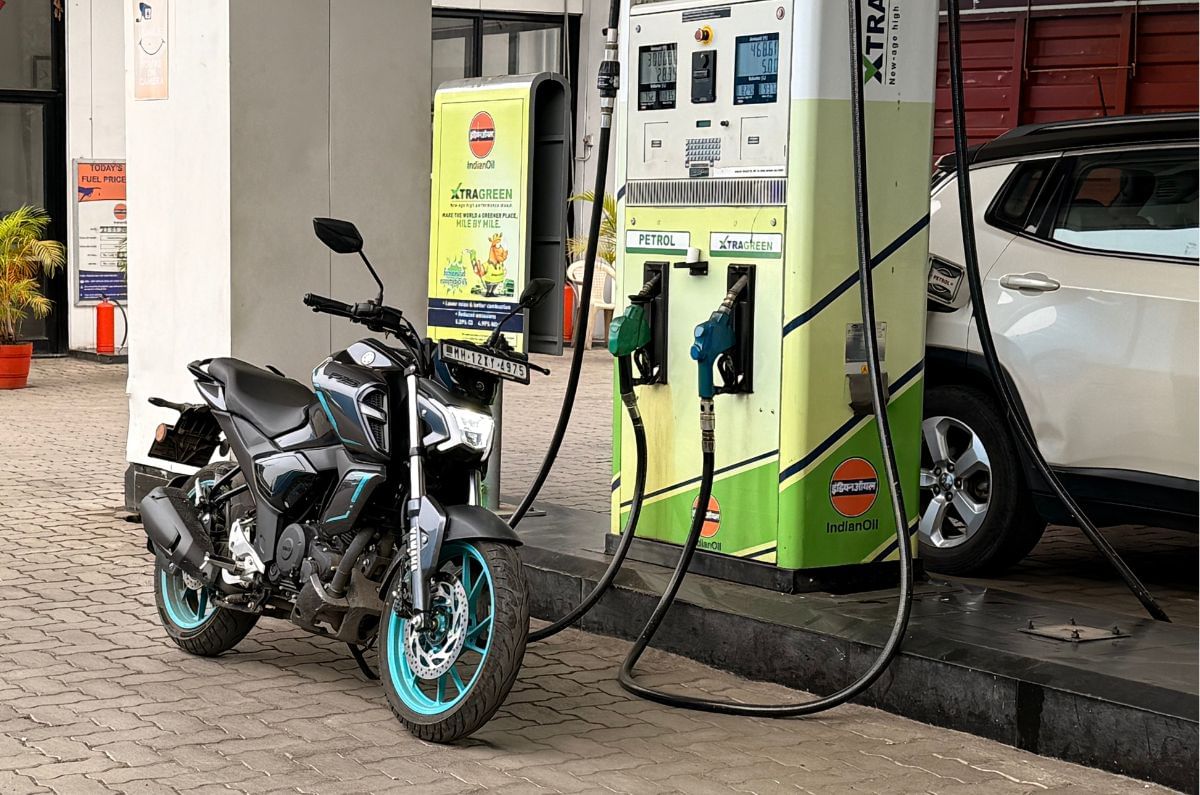
Yamaha’s FZ lineup has consistently been a popular choice in the 150cc commuter category, and the new FZ-S Hybrid introduces some advanced technology to enhance that legacy. This mild-hybrid configuration claims to deliver improved fuel efficiency and better urban performance, which we have thoroughly evaluated through our standardized fuel efficiency testing protocol.
Real-World Fuel Efficiency of Yamaha FZ-S Fi Hybrid
Our assessment revealed an impressive fuel efficiency figure of 51.64 km/l in urban conditions and 48.20 km/l on the highway.
To analyze urban fuel consumption, we subjected the FZ-S Hybrid to our typical stop-and-go city test cycle. After traveling 43.9 km, we refueled the motorcycle, which required 0.85 liters of fuel, yielding a city consumption figure of 51.64 km/l. For highway efficiency, we maintained a steady pace in top gear, reflecting standard intercity riding conditions. We filled the tank before departure, and upon completing 42.9 km, the bike consumed 0.89 liters of petrol, resulting in a highway efficiency of 48.20 km/l.
Analysis of Yamaha FZ-S Fi Hybrid Fuel Economy
The motorcycle features a 149cc engine capable of producing 12.4 horsepower and 13.3 Nm of torque.
The performance metrics are noteworthy, especially with the integration of the Smart Motor Generator system, which mainly facilitates start-stop operation in traffic. This system functions discreetly, ensuring a smooth riding experience without any noticeable interruption. The silent start function effectively halts the engine when the motorcycle is at rest and in neutral.

The start-stop mechanism alone significantly enhances fuel savings during heavy traffic conditions. With a 13-liter fuel tank, the FZ-S Hybrid is expected to provide an impressive range in urban settings, highlighting its effectiveness as a fuel-efficient motorcycle.
Fuel Efficiency Testing Methodology by Autocar India
Our fuel efficiency testing begins by fully filling the tank and confirming that the motorcycle is set to the manufacturer’s recommended tire pressures. The bike is then operated on predetermined city and highway routes, maintaining average speeds that closely replicate real-world conditions while adhering to speed limits. We keep the payload constant by balancing rider weights and additional ballast, ensuring uniformity in evaluations across different motorcycles and riders. At the conclusion of the testing phase, the fuel tank is filled once again, providing an accurate measurement of fuel consumption based on the trip meter reading.

